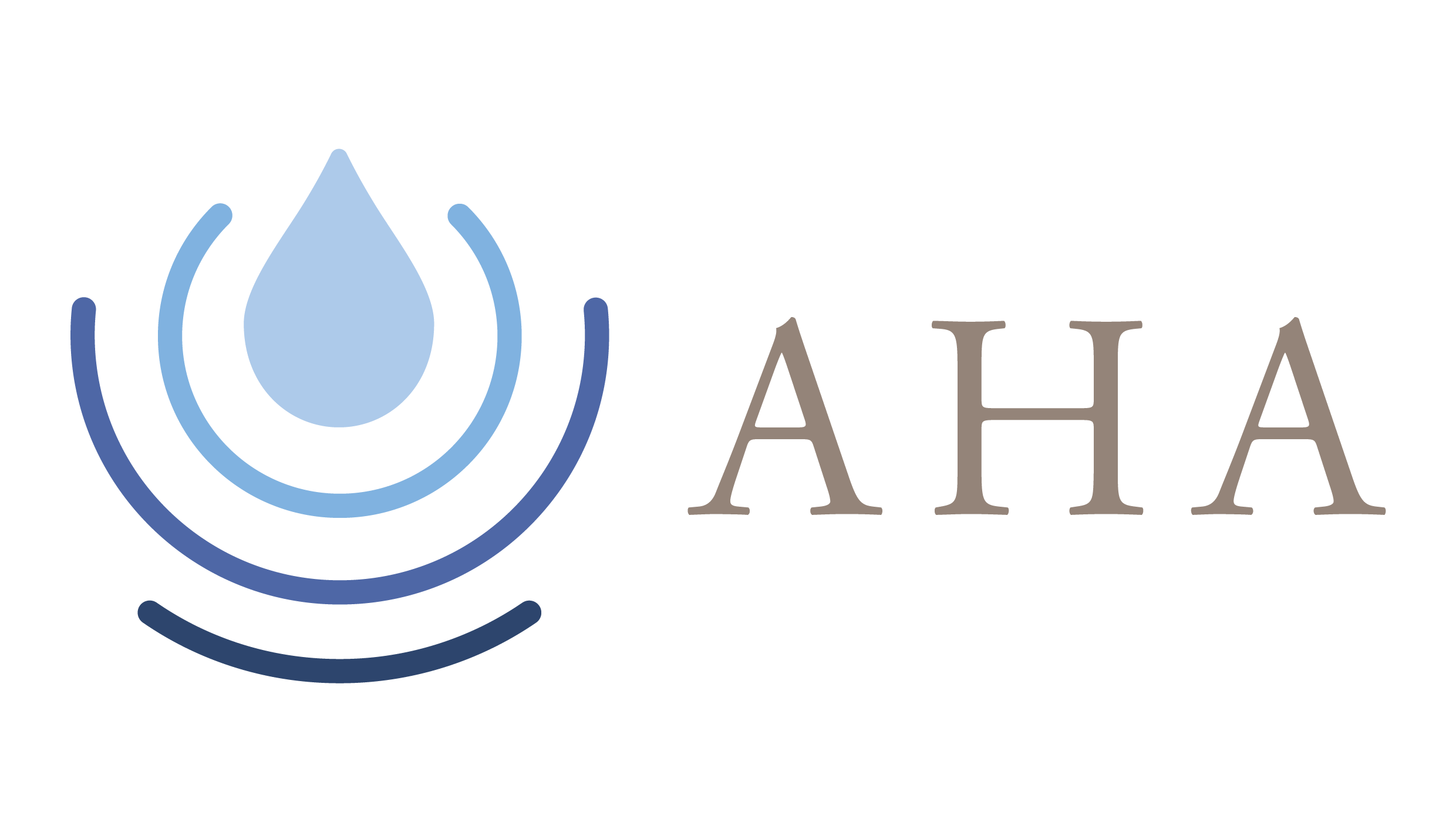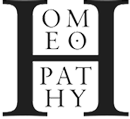Homoeopathy Worldwide
Homoeopathy is used throughout the developed world and developing countries and, in 1999, the World Health Organisation (WHO) called for closer incorporation of homoeopathy into "western medical systems".1
References:
1 WHO Bulletin, 1999, 77, 2, 160-165
The Liga Medicorum Homoeopathica Internationalis (LMHI)
The LHMI is an international homoeopathic medical society, established in Rotterdam in 1925. It represents homoeopathic physicians in more than 70 countries all over the world. The purposes of the association are the development and securing of homoeopathy worldwide and the creation of a link among licensed homoeopaths with medical diplomas and societies and persons who are interested in homoeopathy. The LMHI is exclusively devoted to non-profit activities serving philanthropic benefits.
In 2019, the AHA was invited by LMHI to become an Associate Member.
www.ilmedicoomeopata.it/en/lmhi/
Robert Bosch Foundation - Institute for the History of Medicine
Established in 1980, the Institute for the History of Medicine (IGM) is the only institution of its kind in Germany with no university affiliation. It is run by the Robert Bosch charitable trust.
At present research in the institute concentrates on two main areas: the history of homoeopathy and social history of medicine, with focus on patient histories. The institute's equipment and research mandate are equal to those of departments of history of medicine at German universities.
The Institute owns a research library with more than 50,000 volumes as well as the homoeopathy archives which preserve the legacies of Samuel Hahnemann and important pupils and successors, Clemens von Bönninghausen in particular. The archives also hold the records of international and national homoeopaths’ organisations.
Homeopathy Research Institute (HRI)
The HRI is an international charity, which was created in 2007 and achieved charitable status in 2009. It aims to address the need for high quality scientific research in homoeopathy. It was founded by physicist, Dr Alexander Tournier, who previously worked as an independent researcher for Cancer Research UK, conducting interdisciplinary research at the boundaries between mathematics, physics and biology.
With the support from several established leaders in homoeopathy research, such as Dr Peter Fisher, Dr Elizabeth Thompson, Dr Clare Relton and Prof Kate Thomas, and invaluable help from many other individuals, HRI established a new institute which is now headed up by Dr Tournier and Rachel Roberts, homoeopathic clinician and lecturer. The institute's primary purpose is to facilitate homoeopathy research. It supports new research projects, awards PhD Studentships in the field of homoeopathy, presents evidence for homoeopathy at an international level and organises international research conferences to bring together the best homoeopathy researchers from around the world.
Dr Alexander Tournier, HRI Chairman, says, "Recent statements in the media have argued that further research in homeopathy is not justified, however this is far from the case as many important questions remain unanswered. Homeopathy is a complex subject, which we are only just starting to explore".
Europe
Homoeopathy has a wide public acceptance throughout Europe with some governments recognising homoeopathy as a registered profession and incorporating it into their national health system. In 1999 the European Parliament called for homoeopathy to be integrated into medical practice.1
In the UK, homoeopathy is available in four National Health Service (NHS) centres, including the Royal London Hospital for Integrated Medicine, previously the London Homeopathic Hospital, and the Glasgow and Bristol Homeopathic Hospitals and the Department of Homeopathic Medicine in Liverpool. The NHS is the equivalent of the Australian Medicare system. The Royal Family has used it since Queen Victoria's time in the 1830s.
The French Medical Association recognised homoeopathy as an existing therapeutic method in 1997 and recommended that it should be taught at universities.2 [Archives of Internal Medicine, 159, 17, September 27, 1999].1 In France, the most popular cold and flu medicine is a homoeopathic medicine.
In Germany and Austria doctors can undertake training and pass an exam to attain a homoeopathic qualification which is recognised by their medical associations.
According to the Medical Journal of Australia, 47% of doctors in The Netherlands use homoeopathy.2
In Latvia homoeopathy was awarded official status by the Medical Association in 1995.
The European Journal of Clinical Pharmacology stated in 2002 that homoeopathy is the most frequently used natural medicine in Italy3 and the Financial Times reported that 16,000 Italian pharmacies stocked homoeopathic medicines4.
Romania has regulated the practice of homoeopathy by law and requires a practitioner to be licensed.
In Switzerland homoeopathy is rebatable by most health insurance providers, and in 2010/11 the Swiss Government carried out an investigation into the effectiveness, appropriateness, safety and cost of homoeopathy in healthcare. The result was published in book form in English5. This breakthrough report affirmed that homoeopathic treatment is both effective and cost-effective and that homoeopathic treatment should be reimbursed by Switzerland's national health insurance program.
The Portuguese law for complementary medicines - Law 71/2013 - was implemented on 2nd September 2013, whereby homoeopathy, along with acupuncture, chiropractic, herbal medicine, naturopathy, osteopathy and Traditional Chinese Medicine (TCM) are now regulated as fully autonomous professions with their own provisions on diagnosing and writing prescriptions. The pre-requisite for registration on to the national register is a university degree in the respective modality. The various professions are currently working with one particular university to establish the curriculum for each of the degree level courses.
References:
1 Archives of Internal Medicine, 159, 17, September 27, 1999
2 Medical Journal of Australia, 2000, 172, 105-109
3 European Journal of Clinical Pharmacology, 2002, April, 58 (1), 61-4
4 Financial Times, May 3, 2002
5 Bornhoft and Matthiessen: 'Homeopathy in Healthcare - Effectiveness, Appropriateness, Safety, Costs', 2011
Middle East & Asia
Homoeopathy is becoming popular in the United Arab Emirates (UAE). The UAE Ministry of Health recognizes and regulates the practice of homoeopathy in a systematic way. Both medical doctors and lay practitioners can practise homoeopathy but they all have to pass exams set by the Ministry, which cover both medical science and homoeopathy.
The Ministry of Health of Iran recognizes homoeopathy as a legal alternative treatment. The Iranian Homeopathic Association, formed with the permission of the Ministry of the Interior and the Ministry of Health, is the reference association for providing standards of homoeopathy. In Iran only medical doctors can practice homoeopathy.
In the Indian subcontinent there are more than 246,000 registered homoeopathic practitioners and approximately 7000 government clinics and over 300 hospitals that dispense homoeopathic medicines. Approximately 180 colleges train practitioners to the level of a Bachelor degree in homoeopathy, combined with surgery and gynaecology. In 1978 the Government of India established the Central Council for Research in Homoeopathy (CCRH) as an autonomous organization.1
The Government of Pakistan recognised homoeopathy as a legal mode of medical treatment in 1965. In 2012 the President of Pakistan signed the Drug Regulatory Authority of Pakistan Act (DRAP Act, 2012), which formed the Drug Regulatory Authority of Pakistan as the regulator of therapeutic goods in the country at the federal level. Modalities such as homoeopathy, Ayurveda and herbalism are now defined as medicines and are under the ambit of drug rules; a separate division, named Division of Health and OTC (non-drugs), has been established to regulate the assessment, licensing and registration of these medicines' manufacture and quality control.
Homoeopathy was unknown in Japan before 1996 but quickly became popular after the establishment of the Japanese Homoeopathic Medicine Association (JPHMA) in 1998 and the Japanese Physicians Society of Homeopathy (JPSH) in 2000. With the introduction of professional insurance for homoeopaths in 2005 and the establishment of a standard registration procedure, homoeopathy in Japan has become a self-regulated profession with several hundred practitioners.
References:
1 'History of Homeopathy', CCRH Official website; CCRH History, Central Council for Research in Homoeopathy.
America
In the United States homoeopathy has had a long history, with the height of its influence at the end of the 19th century where hardly any city with over 50,000 people was without a homoeopathic hospital. In 1890, there were 93 regular schools, 14 of them were fully homoeopathic. In 1900, this number had increased to 121 regular schools, with 22 of them being homoeopathic. 2.5 million Americans use homoeopathic medicines and the magazine of the Rheumatic Diseases Clinics of North America stated that " homoeopathy is one of the world's most frequently used complementary therapies".1 The American Journal of Medicine reported in an article entitle 'The Future of Integrative Medicine' that integrative medicine now has a broad presence in medical education, having evolved because of public demand, student and resident interest, increased research, institutional support, and novel education programs: "Now on the horizon is a more pluralistic, pragmatic approach to medicine that is patient-centered, that offers the broadest range of potential therapies, and that advocates not only the holistic treatment of disease but also prevention, health and wellness."2
In Canada, the practice of homoeopathic medicine is regulated by provincial jurisdiction, while homoeopathic medicines are governed by federal jurisdiction. The Canadian province of Ontario passed a bill in 2007, legislating and enacting homoeopathy as a government registered health profession.
Mexico has integrated homoeopathy into its national health care system. In as early as 1895, by presidential decree, the first homoeopathic school and hospital were established and regulations issued regarding training standards for homoeopathic doctors.3
A number of Latin American countries have regulated homoeopathy: in Cuba, Argentina and Colombia practitioners have to be doctors who have graduated from a recognised medical school, in Brazil homoeopathy is incorporated into the national health system.3
References:
1 Rheumatic Diseases Clinics of North America, 2000, February, 26, 1, 117-123
2 The American Journal of Medicine, Vol 126, No 8, August 2013
3 'Legal Status of Traditional Medicine and Complementary/Alternative Medicine: A Worldwide Review', an unofficial review by the World Health Organisation 2001
Africa
In South Africa, homoeopathy is currently regulated by the Allied Health Professions Act, 1982 (Act 63 of 1982). The Allied Health Professions Council of South Africa (AHPCSA) is one of five Statutory Health Professional Councils regulating health professions in South Africa. Any person wishing to practice homoeopathy must be registered with the AHPCSA. Homoeopathic registration in South Africa enjoys a standing, rights and privileges similar to that of conventional medical practitioners. This means that the legal scope of practice of a homoeopathic practitioner is very similar to that of a conventional medical practitioner. Training is based upon the medical curriculum with homoeopathy as the primary therapeutic focus and is a five-year full-time Masters degree in homoeopathy, offered at the University of Johannesburg and Durban University of Technology.1
In Nigeria, both medically qualified practitioners and lay persons can practice homoeopathy. The Congress of Homoeopathic Medicine Practitioners had 30 medical doctors on its register in 2005. The Nigerian College of Homoeopathic Medicine, founded in 1972, is recognised by the government.
References:
1 'Legal Status of Traditional Medicine and Complementary/Alternative Medicine: A Worldwide Review', an unofficial review by the World Health Organisation 2001


